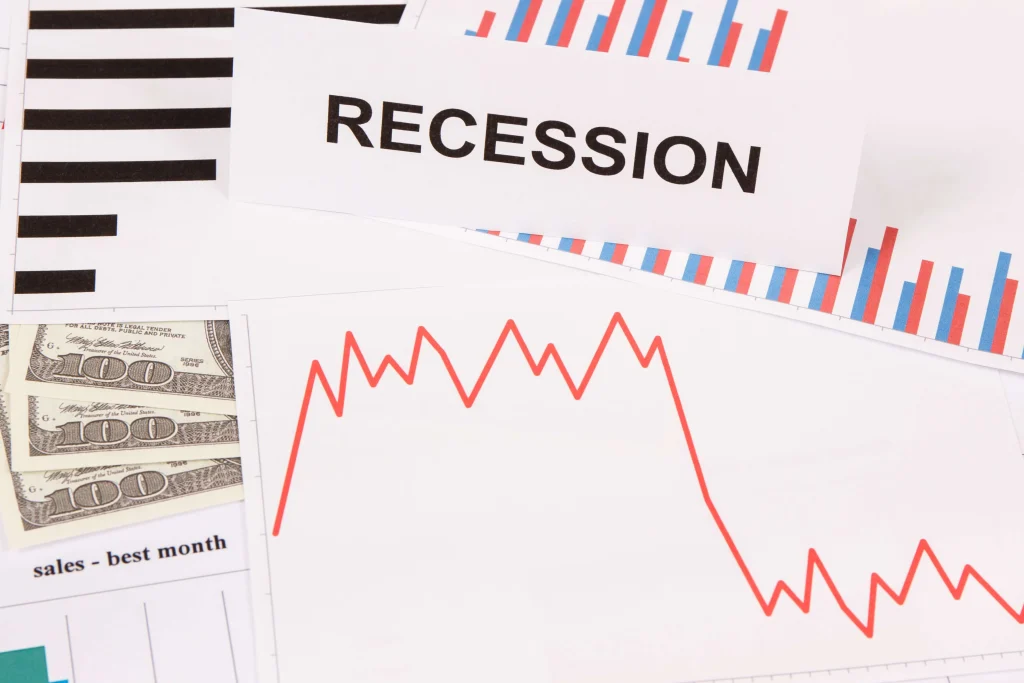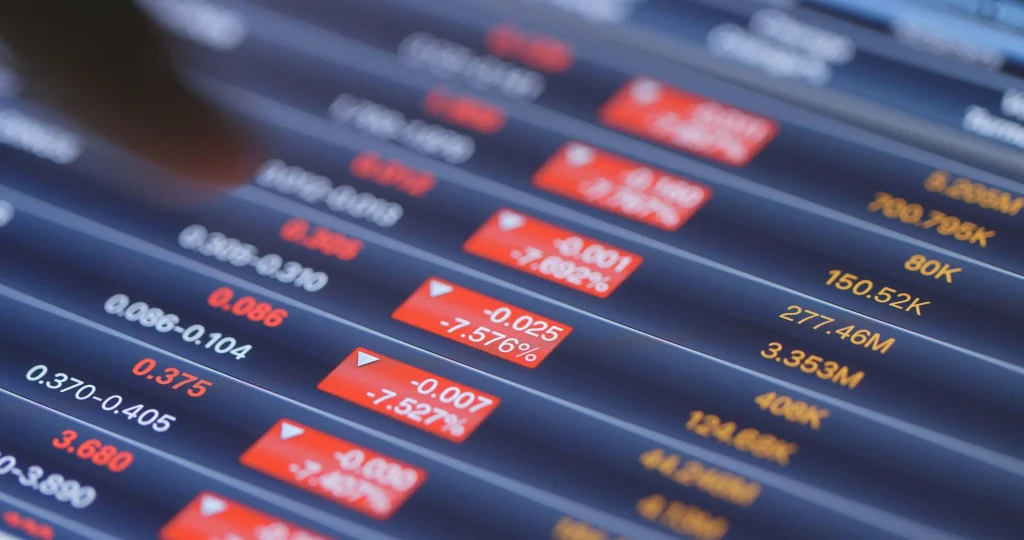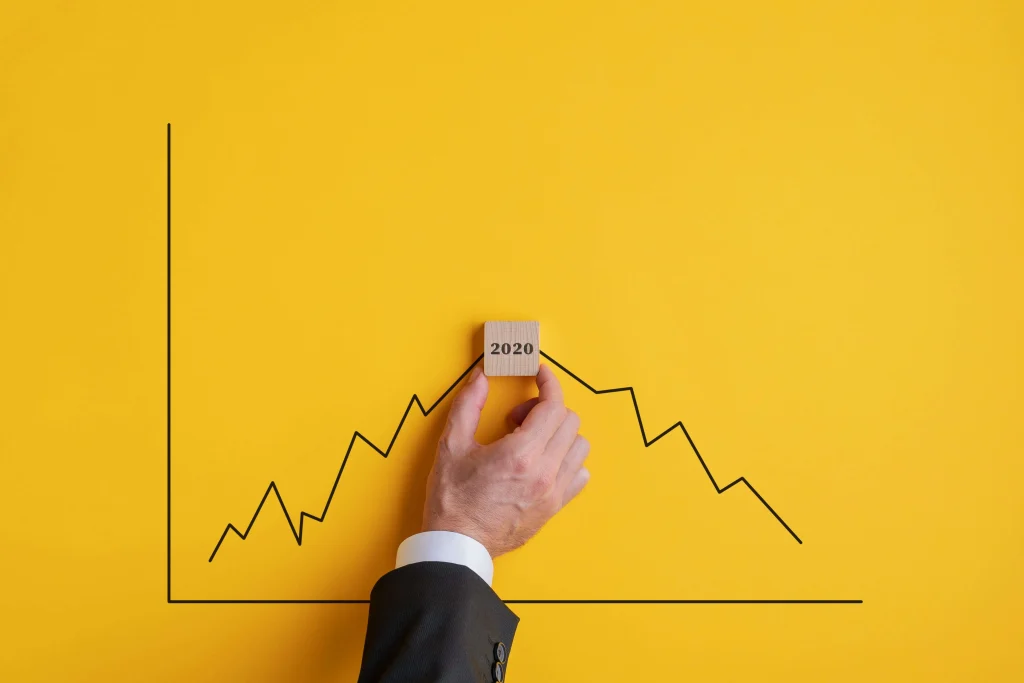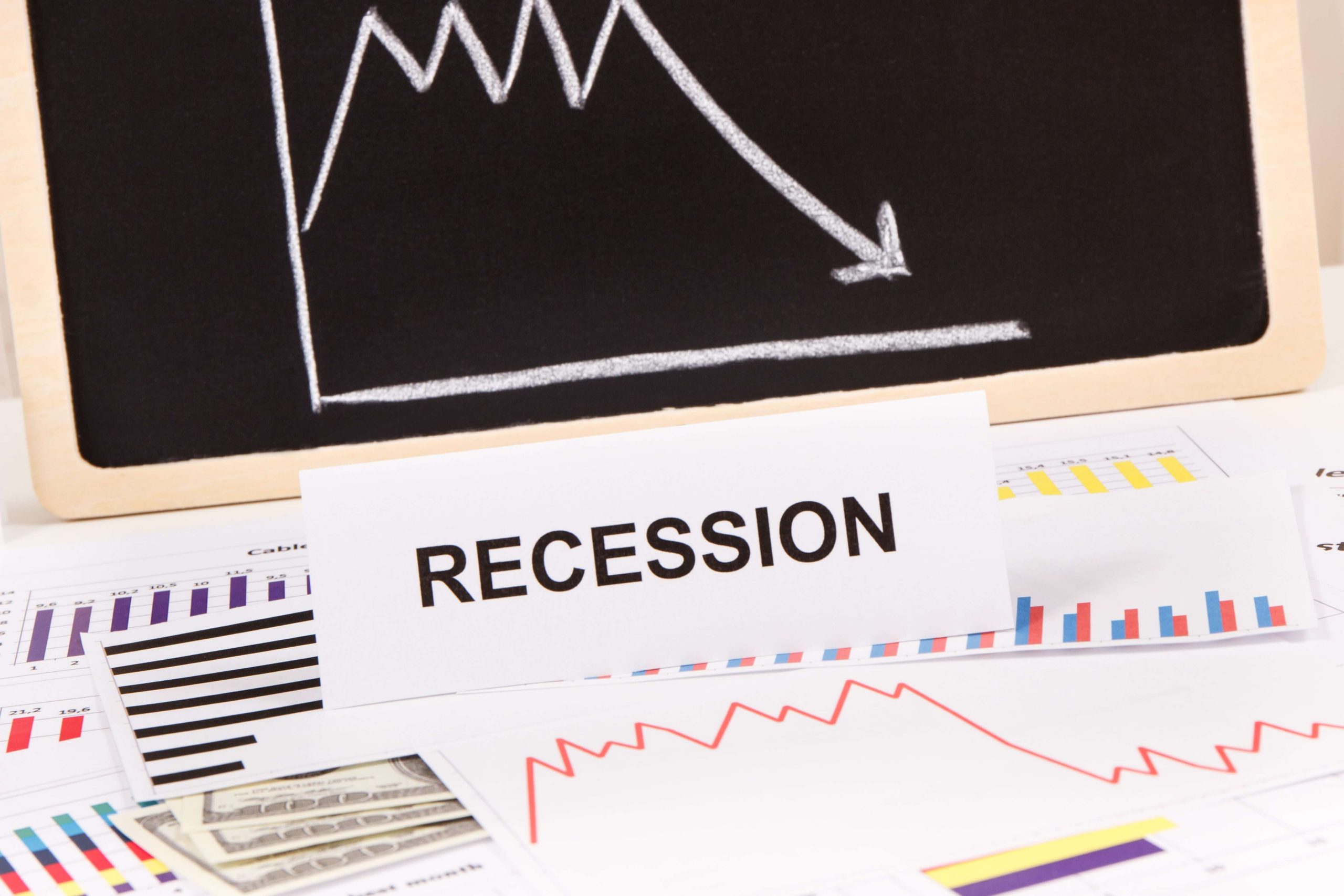You might be reluctant to buy an RFO House and Lot as recent news of the seemingly endless drop of the Philippine Peso against the US Dollar continues to break the internet. According to Philstar, we reached an all-time low at 56.37 pesos per dollar last July 12, 2022. This is the lowest we’ve reached since 2004. What does this mean? Are we experiencing a recession? Let’s find out.
All Asian currencies weak against the USD in 2022
This “strength” in US dollars may seem like a rain of blessings for families that rely on remittances from relatives in the United States, but it’s definitely not something to be celebrated because a weak peso also means a weak Philippine economy. Consequently, this would mean that we should expect prices to continue to rise because our government will have to pay more for imports.
However, it’s not just us. Other Asian currencies weakened and are on a significant decline
More news about weak Asian currencies has concerned investors, brought on by a lot of factors including “elevated commodity prices and the narrowing interest rate differentials,” according to Philstar’s Interaksyon.
Foreign money has been flowing out of Asia (except China) for five consecutive months in the first half of 2022. According to sources, the Philippine peso, South Korean won, and the Taiwanese dollar all weakened by more than 6.8% this year. Meanwhile, the Indian rupee also hit its record lows.
As a result, investors are afraid that we’re experiencing a global recession so they’re pulling out of their Asian stocks and assets in favor of bonds. This caused Asian central banks to try all they can to control the spike in prices, as economic growth will slow down as inflation and rate hikes continue to rise.
According to Philstar, most analysts expect Asian currencies to continue to struggle as long as aggressive US Federal Reserve tightening continues.

While the Chinese economy is on a steady rise since its successful curb brought on by the COVID-19 pandemic, investors may still hesitate to place their money in the Asian economy until they see data that will give them confidence that we have all recovered. Therefore, even though China finds itself recovering, the slow economic growth of other Asian countries can still hold them back.
In other news, Bloomberg reported last June 28, 2022, that central banks in Asian countries are now tapping into their reserves to support weakening currencies against the rising USD.
In Thailand, their reserves fell to 221.4 billion US dollars last June 17, which was the lowest they’ve reached in more than two years. Meanwhile, monthly data showed that Indonesia’s reserves have reached their lowest since November 2020. On the other hand, South Korea and India are also experiencing their lowest reserves in more than a year.
While countries like Thailand and Indonesia pledged to reduce volatility in their currencies, our Bangko Sentral ng Pilipinas (BSP) said they’ll let the market determine the value of our peso against the dollar.
Meanwhile, the US central bank said that we should expect another big hike in July, as traders increase their basis point to 75.
According to the co-head of Asian economics research at HSBC Holdings Plc., Frederic Neumann, the central banks in Asia should do more than just “leaning against the wind” during times like this because trend reversal requires more. Instead, we should have “a broader pull-back in the US dollar that may only begin to set in once investors can make out more clearly the end of the Fed tightening cycle.”
Probably the only thing slowing down the crashing of Asian currencies is learning from what happened in 1998, where Asian currencies also weakened against the US dollar.
The first weakening of Asian currencies in 1997-98 and the overall negative economic growth
According to the Federal Reserve Bank of San Francisco, in July of 1997, Thailand, Philippines, Korea, Hong Kong, Malaysia, Indonesia, and Taiwan all suffered a currency weakening because large percentages of the currencies of these countries were put up for sale in the markets. We tried to fight off this selling pressure by increasing our interest rates, but unfortunately, we were all forced to let our currencies depreciate (except for Hong Kong).
There were two factors that led to this weakening and the subsequent economic decline.
For starters, the mentioned countries had a link that they tried to maintain between our currencies and the US dollar. The USD had been increasing in value against a lot of other currencies because of the strong economic performance of the United States relative to other countries in the world. As their currency rose, the East Asian currencies linked to the US dollar moved up with it.

To be specific, the USD and the linked currencies had a substantial increase in value against the Chinese Yuan and Japanese Yen, which meant that the products of the linked currencies also grew more expensive compared to Japan and China. This means more people would invest in Japan and China because their products were cheaper, making other East Asian countries less competitive, and making their currencies depreciate.
The second reason that ultimately caused the weak Asian currency is the banking systems of the mentioned East Asian countries. A lot of their banks financed some parts of their operation with short-term debt denominated in dollars. As their currencies decrease in value, the banks consequently faced higher debt burdens. As if that’s not challenging enough, a lot of the banks were carrying a lot of bad loans.
As a result, the economies of the mentioned countries faced slowdowns in their individual economic growths, output, and employment.
Meanwhile, according to the International Monetary Fund (IMF), East Asian countries used to be admired as some of the most successful emerging economies because of their rapid growth and gains in the living standards of the population. With the prudent fiscal policies and high private savings, no one saw that these countries would suddenly have one of the worst financial crises.
What does a weak currency mean?

Weak currency pertains to the decrease of a currency’s value in comparison to other countries, it means that a currency’s gains in terms of the number of goods and services it can afford are lower compared to its foreign counterparts. When the value of the currency rises, the exchange rate is referred to as appreciating or “strengthening,” and if its value falls, it is described as depreciating or “weakening.”
Among many of its reasons for its occurrence include the up rise of exports from international foreign markets but most often than not, its root cause is the poor economic fundamentals or systems of governance.
Just like values in real estate like an RFO House and Lot, a nation’s currency is also directly controlled by its supply and demand. Currencies are bought and sold therefore the value of the currency fluctuates as any other commodity. Currencies strengthen and increase in value when there is a high demand for them in foreign exchange markets and they decrease in value when the demand is low. The supply and demand for a currency are dependent on several factors, which include a country’s attractiveness to investors, commodity prices, and inflation.
This economic effect results in lower prices of goods that the country produces, which in turn also influences the prices of imported goods or services. This makes exports relatively cheaper and reduces the strength of a nation’s currency against other countries’ currencies. Ultimately, this becomes the downfall of domestic manufacturers as it makes it harder for them to compete with the reduced prices of imports. It presents a compromised situation between producers and consumers.
When a weak currency is paired with rising inflation, your purchasing power is further affected.
It is important to also note that the low economic growth that is expected from having a weak currency may result in deflation and presents a bigger risk for certain countries. When consumers begin expecting regular declines in prices, they may hold off their purchases (in goods, products, and big purchases like an RFO House and Lot), and businesses may set back in their investments. A continuous cycle of decreased economic activity will eventually impact the economic fundamentals supporting the stronger currency in the long run.
However, it doesn’t mean that a strong currency is better than a weak currency.
There are significant benefits, especially for countries that are vested in exports. A weak currency can increase sales, which fundamentally boosts economic growth and profits for companies in foreign markets. In this case, weak currency bears benefit as exports will spur an increase in sales, the recruitment of more labor, and the expansion of businesses. The decrease of value in currency may also encourage exports and improve the domestic economy in a country.
There is no need to fret about the reason that the weakness of a currency can be self-correcting when specific policies and measures are implemented to address it. The strength of a currency can deliberately return to normal in time, this concept in currency is known as self-correcting. A weak currency is needed when purchasing goods priced in a stronger currency hence inflation will soar as countries will be inclined to import goods from countries with comparatively stronger currencies.
The big question: With all the economic research done, Are we in a recession?

The value of a currency, pay rises in both the government and private sector, and mass layoffs are to be expected in the following months. A recession happens when the economy starts shrinking instead of growing. The National Bureau of Economic Research in the United States, a century-old nonprofit and nonpartisan organization, defines a recession as “a consequential mass decline in economic activity” that can last months that can lead up to declining income and employment.
As interest rates and inflation starts to take effect, households try to shy away from an economic activity spread, meaning purchasing power starts to prevent a boost in the economy. Hence, they’re less likely to buy an RFO House and Lot, so you might want to hold off on selling yours. The Federal Reserve in the US is trying to get the current economic crisis over with before it spirals out of control.
Though with recent events, such as Brexit in the U.K., banks have justified the raising of their interest rates due to the decreasing value of the British pound. Followed by the falling out of investors interested in the British, the government stated that they have plans regarding low business taxes and special visas for foreign entrepreneurs as a compromise. Another, the war between Ukraine and Russia confined raw materials and needs exported by both nations without an end in sight. This affects global stock markets, as previous allies of Russia are now boycotting the country and are now choosing to invest elsewhere.
As inflation caused by Russia’s invasion of Ukraine starts to take into effect, ports in China have also caused holdups due to multiple lockdowns and restrictions. Brexit adds another damage to the worldwide economy due to the broken trade and unemployment.
Banks that have raised interest rates to justify this by stating they must be ahead of the curve by averting wages where pay exceeds inflation. However, this fails to take into account the current value of currencies, and whether or not investors are willing to back this up or not.
Is this enough to say that the free world has entered another recession? Several writers claim that many economists haven’t agreed that the US isn’t in a recession yet, as the economy is standing still despite the pandemic. The Federal Reserve Chair Jerome Powell clarified that the central bank is committed to bringing down inflation, despite the widespread economic risk it might bring later. The aggressive increase of rates is an attempt to slow down the current fast-paced economy.
Still, it is up to the policymakers to generate an above-average economy, as they have more influence over the way consumers purchase goods. Putting up the façade of succeeding stock markets on job reports is not going to cut it. Fiscal policies can try to soften the blow of the current economic crises worldwide, but total prevention isn’t possible. Stimulating the economy by spending on different government projects could help alleviate the current turmoil, but by the time the government announces that we’re facing another recession, it’s almost always too late.
In the case of the Philippines, there’s still an ongoing debate on whether we’re in a recession or not. However, the government is currently urging Filipinos to prepare in case it happens and hope for the best for quick economic recovery and harmonious continuation of the business cycle.
Related Blog: The Philippines’ Inflation Rate Hits 4.9%. Highest Since January 2019. What Does This Mean?


